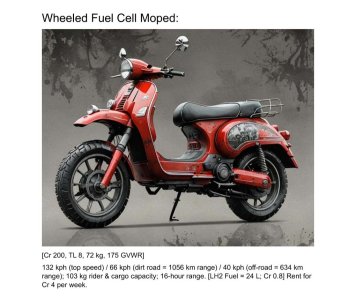Also, if you pay for it, optional features can be unlocked, like air conditioning, and heating.
rant triggered...
That's a new thing; in the old days of the 60's to early 90's, they didn't install things with subscriptions and/or unlock fees; if it was an option, ordering it required the dealer to install it, or to order it from the factory with those specific options added. About the only exception was FM Radio... that was pretty stadard.
AC was a physical module not included unless you paid for it.
Heating was required by law in many states. Alaska, in the cities with Emmissions checks, the heater not working meant either having seasonal tags (can't be used from 1 Oct to 1 Apr) or not being allowed on road at all. It's essential for winter driving, and without it, the windows rapidly become opaque.
Alaska required dealers to ensure there was a working AM radio in new cars - needed for road closure notices and emergency instructions. Oregon expects you to have AM radio, same reason, but I'm not sure if it's required as it is in Alaska, but it is expected.
I remember emergency buttons (specifically OnStar) hitting in the 90s; a lookup shows OnStar being in operation from 1996 until 2024.
CB radios were available from the dealer in some models, nicely mounted into the dash, and a thinner than standard AM/FM above it.
OnStar was the first feature I recall being pay-to-enable and installed in all of the models it was available in. There are certain concerns about pay-to-enable... very few consumers like it, even as they use it.
It also ties into the Right to Repair movement; is it unlawful to unlock features without paying on the hardware that aren't enabled? Subscription radio, sat or VHF, you're basically renting the decrypt keys.


